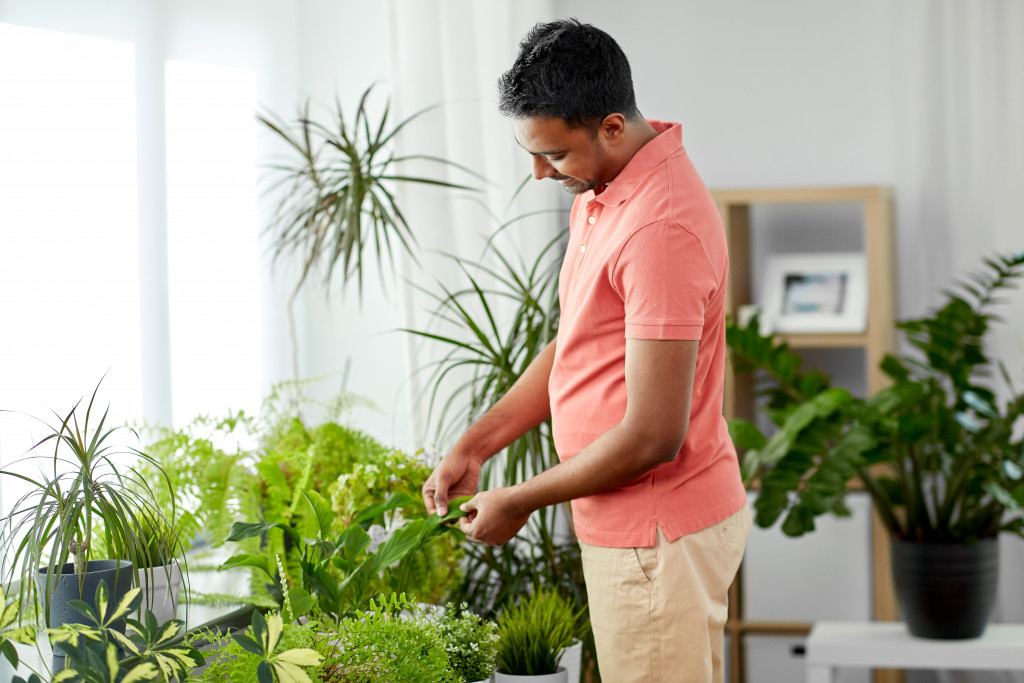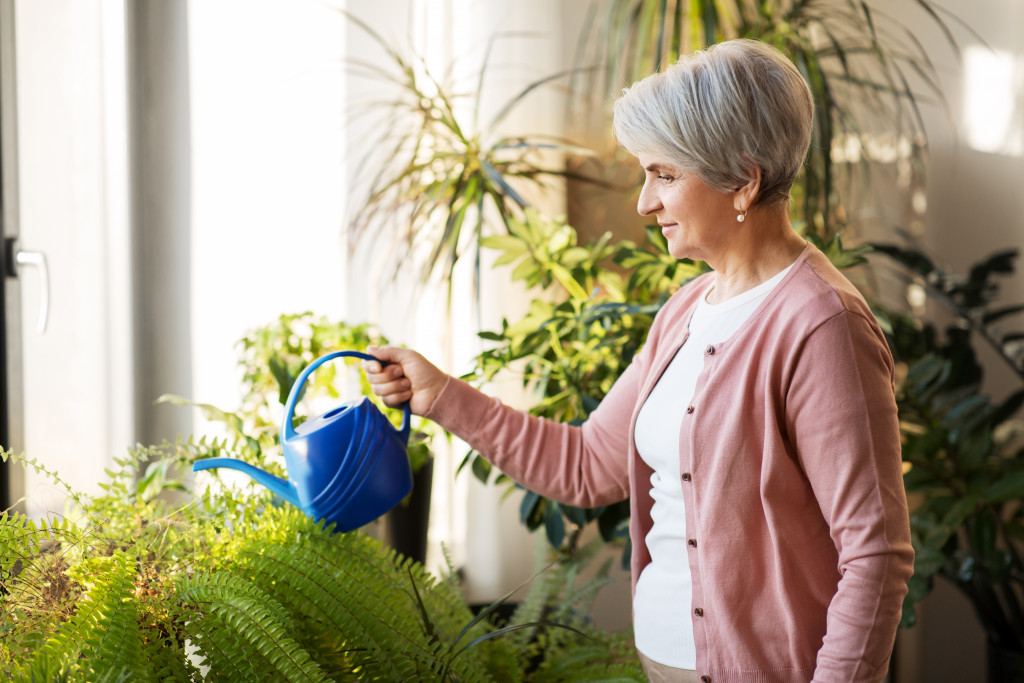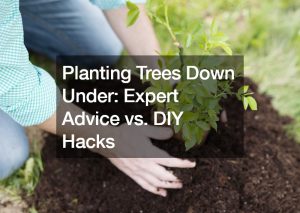- Lighting is essential for indoor gardening, and you can invest in your patio to create a bright and airy garden space.
- Temperature should range from 60 to 75 degrees Fahrenheit with a 10-degree drop at night.
- Humidity levels should be increased with the help of trays of water near plants, humidifiers, or grouping humidity-loving plants.
- Good soil and fertilizing are essential for healthy plant growth.
- Choose plants that fit your indoor environment, such as the snake, pothos, ZZ,, or spider.
Indoor gardening is an exciting way to bring the beauty and benefits of plants into your home. Whether in an apartment or a house, indoor gardening can help provide a more calming, healthy, and sustainable living environment.
However, indoor gardening takes a little more consideration than just plopping a plant on your windowsill. This blog post will review some of the critical concerns for indoor gardening to help you start your indoor gardening journey.
Lighting
When it comes to indoor gardening, lighting is everything. Plants require different light intensity and duration levels based on their species to thrive. If you have a sunny windowsill, lucky you!
If possible, consider investing in your patio to create a garden where plants can get more light and more space to grow. One of the best ways to do this is by installing a patio glass enclosure. This will create a protected area for your plants and give them access to plenty of sunlight. It can also be beneficial in the long run as the glass enclosure will help to keep out pests and provide some insulation for outdoor temperatures.
Temperature

Plants thrive in specific temperature ranges, and indoor temperatures can vary widely depending on the climate you live in and your home’s heating and cooling systems. You’ll want to ensure that the plants you choose suit your indoor temperatures and adjust your indoor temperature accordingly. A good rule of thumb is that indoor temperatures should range from 60 to 75 degrees Fahrenheit, with a 10-degree drop at night.
Humidity
The humidity inside a home is often much lower than what most plants need. Low humidity can lead to dry and crispy leaves, increased plant stress, and pest infestations. To increase humidity, you can place a tray of water near the plants, group humidity-loving plants together, or invest in a humidifier.
Soil and Fertilizer
Good soil is essential to healthy plant growth, and indoor plants need a high-quality potting mix that holds moisture without becoming waterlogged. Additionally, regular fertilizing can help give plants the necessary nutrients to grow strong and healthy. Choose organic fertilizers and compost mixes that are specifically designed for indoor plants.
Plants to Grow
Of course, a garden isn’t complete without plants! Growing plants isn’t usually a one-size-fits-all approach, so choosing plants suitable for both the climate you live in and your indoor environment is essential. Some popular indoor plants that you can easily care for include:
Snake Plant
Also known as the mother-in-law’s tongue, snake plants are the perfect houseplant for beginners. This plant can withstand neglect, low-light conditions, and doesn’t require much water. Water it only when the soil completely dries out. This is an excellent plant for your bedroom, producing oxygen throughout the night.
Pothos

Another excellent and undemanding houseplant is the Pothos. This plant thrives in low and high-light conditions and doesn’t need to be watered frequently. Allowing the soil to completely dry out is vital before adding water. It’s also important to note that if ingested, the Pothos plant is toxic to pets and humans. Be sure to place it out of reach of your pets and children.
ZZ Plant
The ZZ plant, short for Zamioculcas zamiifolia, is a beautiful and hardy plant. It thrives in low and bright light conditions and can go weeks without water, making it convenient if you tend to forget about watering your plants. It prefers well-draining soil and is susceptible to root rot if overwatered. Place it in a medium to bright indirect light location, and you’re good to go!
Spider Plant
Spider plants are one of the most common household plants. They’re easy to care for, inexpensive, and purify the air within your home. These plants also do well in low-light conditions, but prefer bright, indirect light. Water your spider plant only when the soil is dry to the touch.
Final Thoughts
Indoor gardening is an excellent way to bring the beauty and benefits of the outdoors into your home. But like any plant-related activity, indoor gardening requires some knowledge and consideration for plants to flourish.
Pay attention to lighting, temperature, humidity, soil, and fertilizer, and experiment with the placement of your plants until you find the right spot for them. With these considerations in mind, you can easily grow and maintain a lush green indoor garden in your home.





